Vehicle emissions remote sensing blog
Blog series

Ricardo’s real-world vehicle emission database reaches a million vehicle measurements
Deploying the latest remote sensing technology, Ricardo’s vehicle emissions database team has surpassed a million on-road vehicle measurements - making the database the largest UK resource of its type.
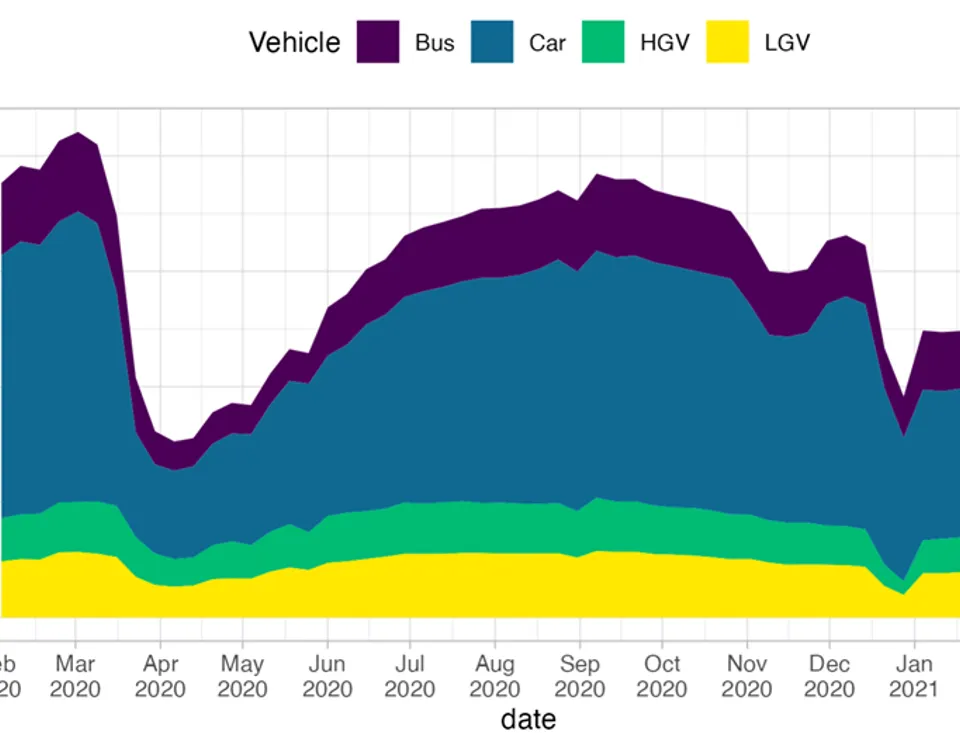
New insights into urban air pollution through novel road traffic and vehicle emission remote sensing
One of the frustrations with the analysis of air quality data is the lack of representative vehicle activity data. Such data has the potential to generate useful information on source apportionment and hence provide insights into the most effective mitigation measures...
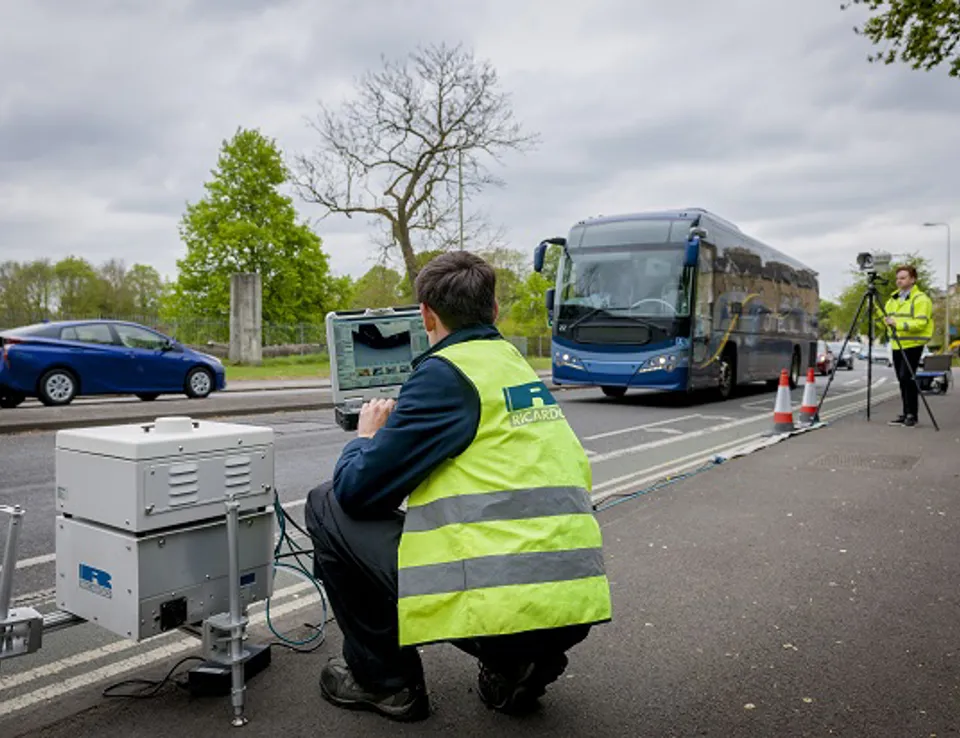
Failed remote sensing measurements provide insights into hybrid vehicle behaviour
Vehicle remote sensing measures exhaust emissions by absorption spectroscopy, detecting the carbon dioxide (CO2) in a vehicle’s exhaust plume as well as providing a measurement of several air quality pollutants such as nitrogen oxides (NOx) and carbon monoxide (CO).

Are ammonia emissions from road vehicles important?
Last year the government published its landmark clean air strategy setting out its approach to reduce the impact that air pollution has on human health and the wider environment. Importantly, the strategy recognises the significant role emissions of ammonia (NH3) play.
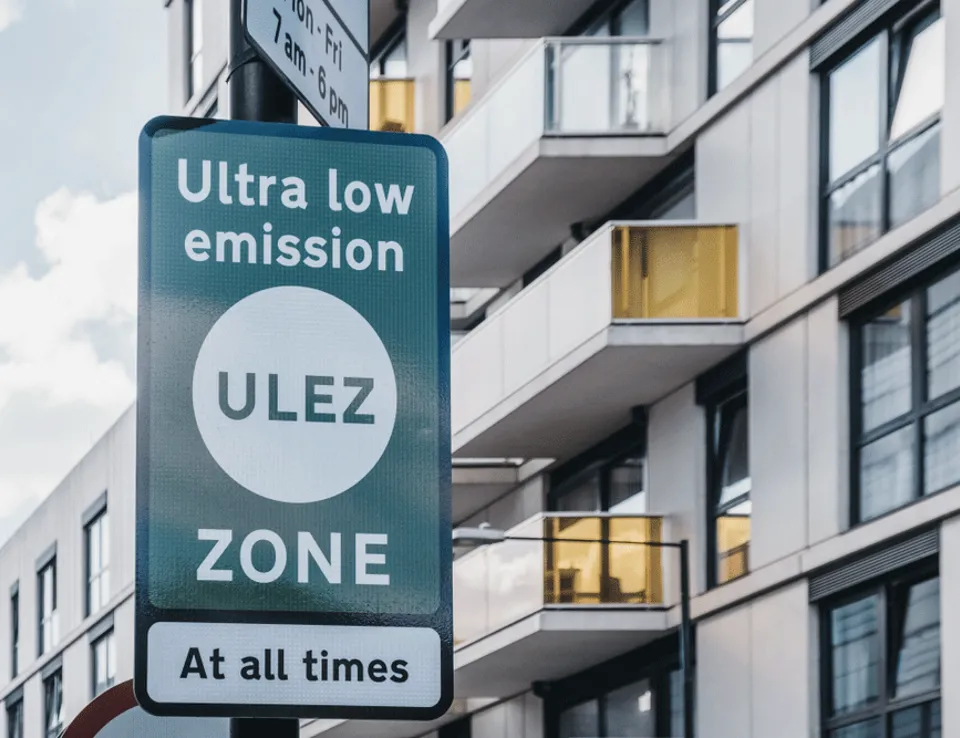
Real-world emissions in the London ULEZ...
On Monday 8 April 2019, a new Ultra Low Emission Zone (ULEZ) will be introduced in central London. The Mayor’s stated aim for the ULEZ is to ‘improve the health of Londoners by cleaning up the city’s toxic air’. The ULEZ is set to operate 24 hours a day, 7 days a week, all year round.

Does the colour of your car determine how fast you drive and its emissions?
Often when I present our vehicle emission results, I joke that we have such comprehensive data on vehicle characteristics, we even have the vehicle colour. This boast is well-founded – we have getting on for 100 different fields of information on the vehicles we measure and the database holds real-world emissions information on over 300,000 individual vehicles.

Ricardo’s real-world driving emissions database surpasses 250,000 vehicles
Following an extensive programme of on-road vehicle emissions measurement, Ricardo can today announce that it has measured its 250,000th vehicle. The Ricardo database is the largest UK resource of its type, offering an unrivalled insight into real-world vehicle emissions.
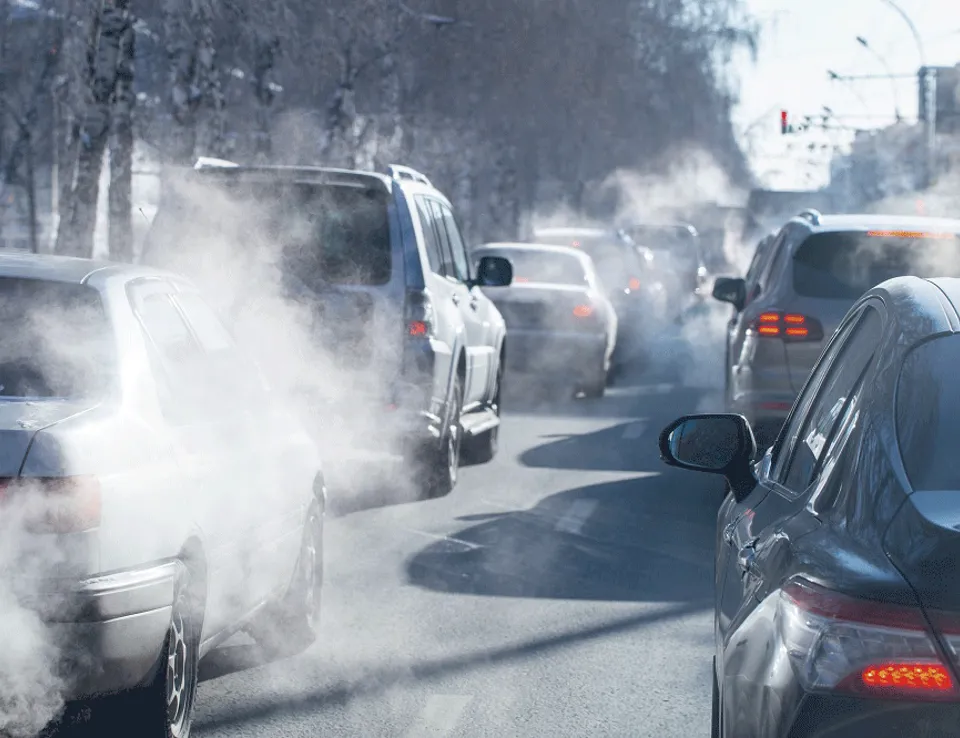
Emissions deterioration – the Cinderella of vehicle emissions measurement
How do pollutant emissions change as vehicles age and/or as vehicle mileage increases? Such relationships, often referred to as ‘deterioration effects’, have long been considered during the development of emission factors and emission inventories, although often in only a limited way...
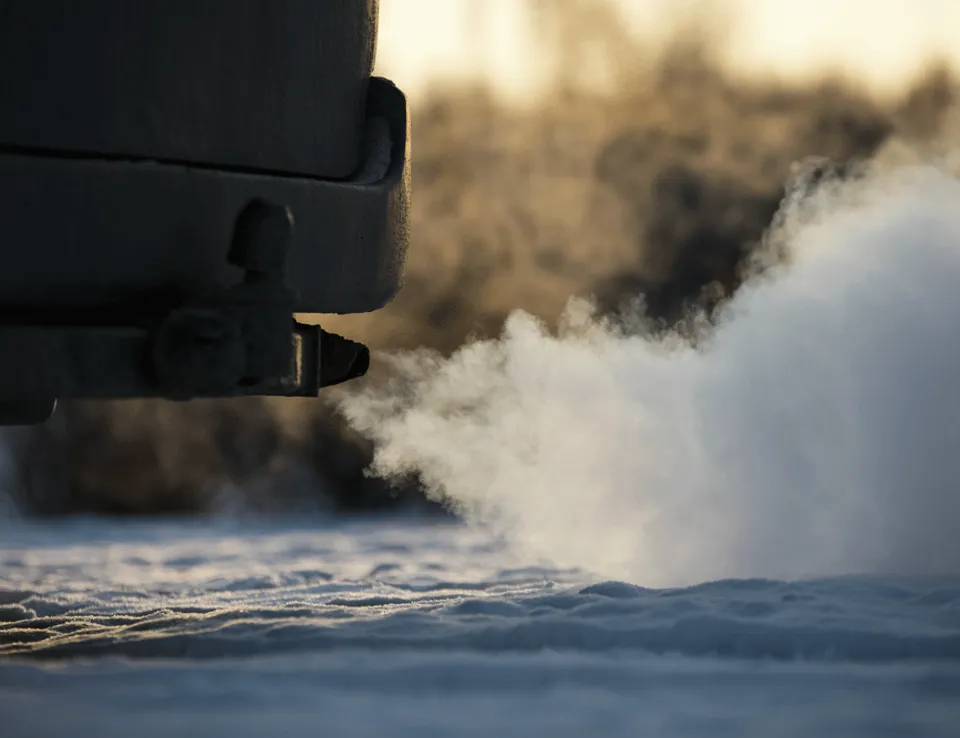
Higher wintertime emissions?
As we head into deepest winter, it is worth thinking about how lower air temperatures affect air quality. Ambient temperature is an important factor that strongly influences the concentrations of pollutants in the atmosphere. Under cold, stable atmospheric conditions, dispersion of emitted pollutants can be greatly reduced, which can lead to high pollutant concentrations and wintertime pollution episodes.

Remote sensing: demonstrating diesel particulate filter success
While current air pollution concerns are focused on NO2, it is easy to forget the importance of particulate matter (PM). The impact that fine particles (PM2.5) have on human health is well-established, based on research that has been refined over the last two decades.

The Joy of (Euro) Six?
As European cities look to tackle the harm caused by air pollution, much hangs on the real-world emissions performance of Euro 6 (light duty) and VI (heavy duty) vehicles. If the on-road performance of these vehicles proves to be considerably better than existing vehicles then the promise of potentially large improvements in air quality...
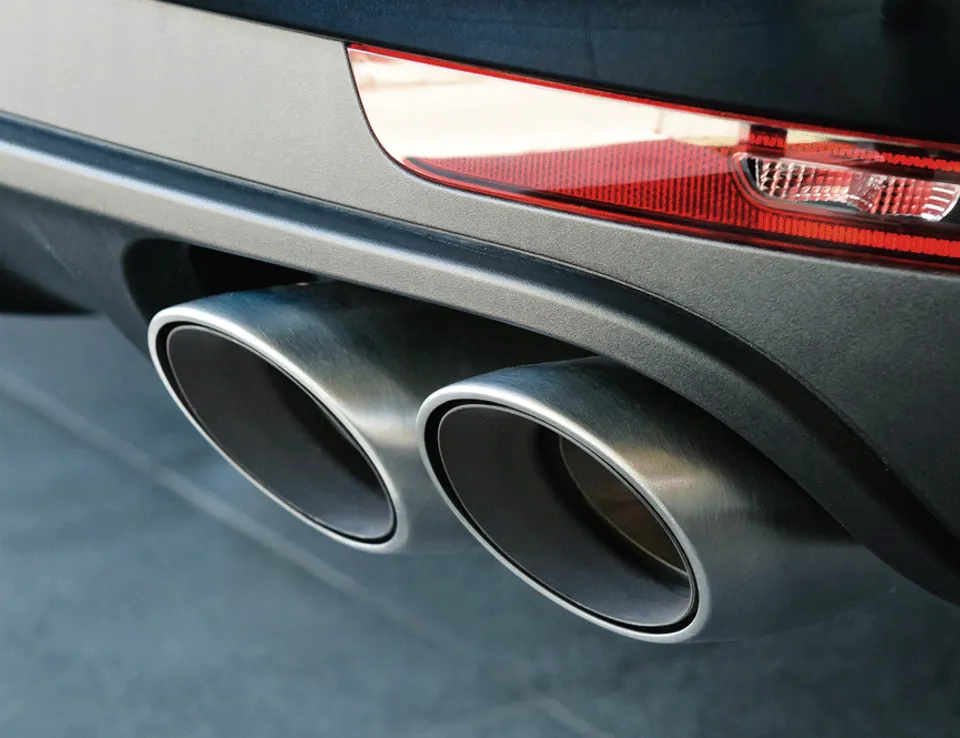
The vexing issue of primary NO2 emissions
Over the past 15 years or so changes in diesel vehicle technologies have led to an increase in primary NO2 emissions. This in turn has had an important influence on the concentrations of roadside NO2 that we breath.
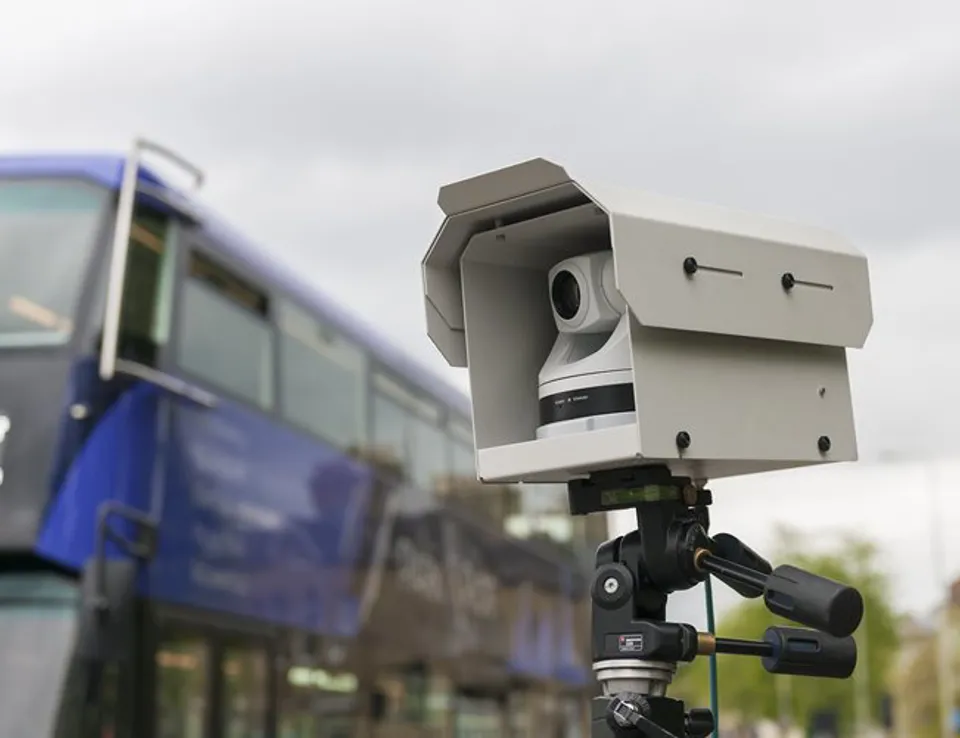
Measuring real-world driving emissions: the first results
Welcome to the first post on our new real-world driving emissions remote sensing blog! Over the coming months we plan to cover a range of interesting, and hopefully informative, topics related to real-world driving emissions.






